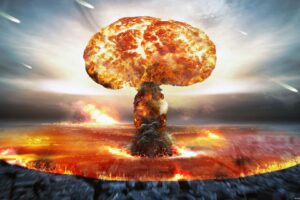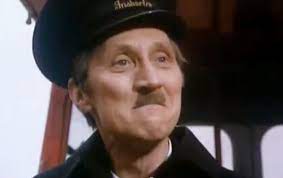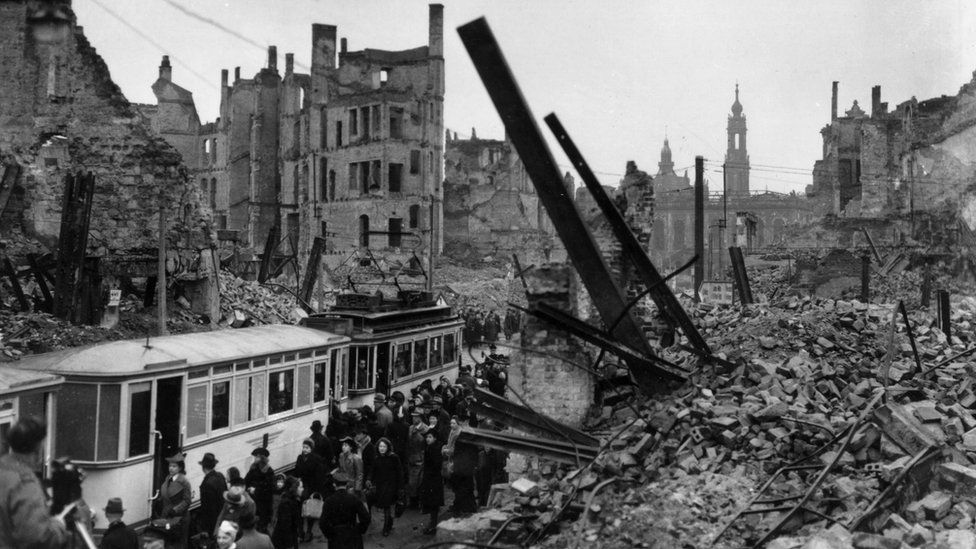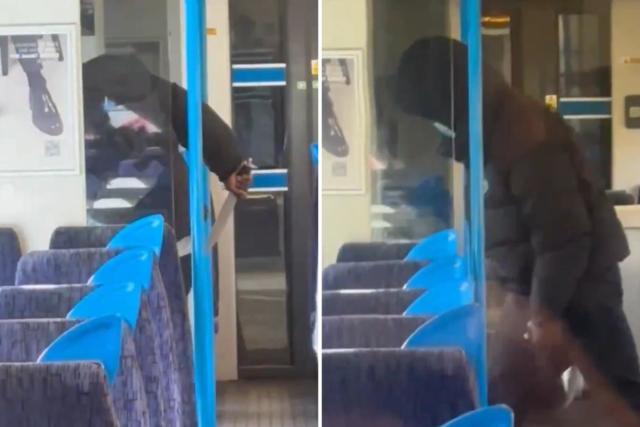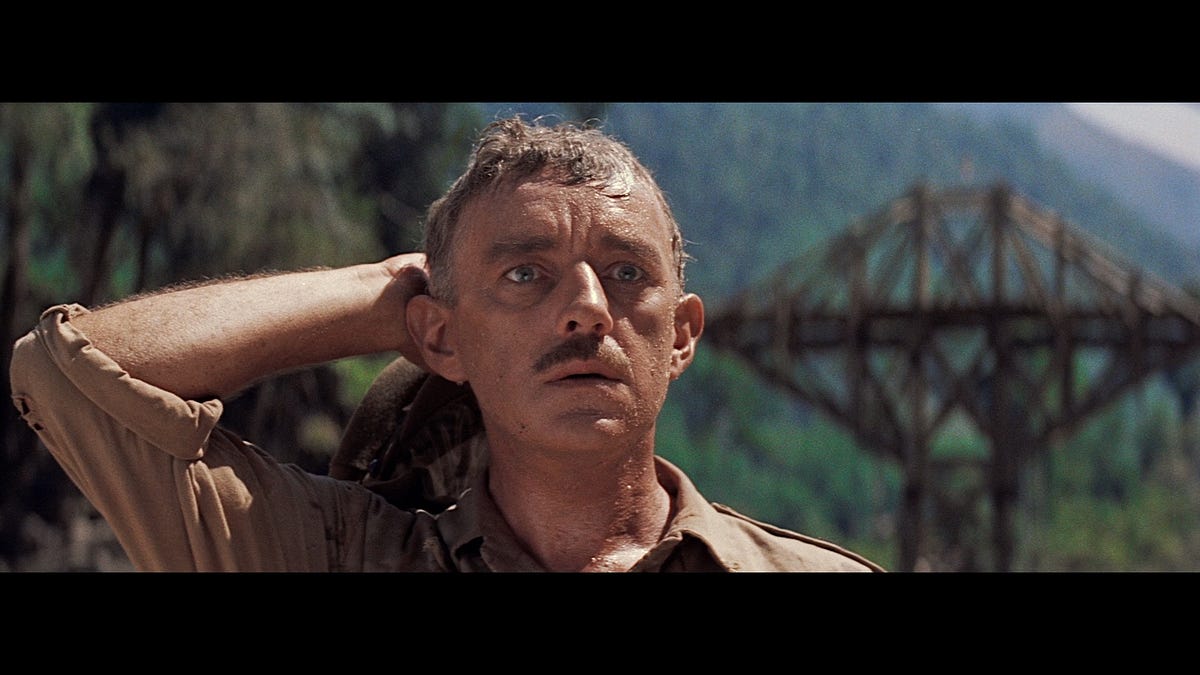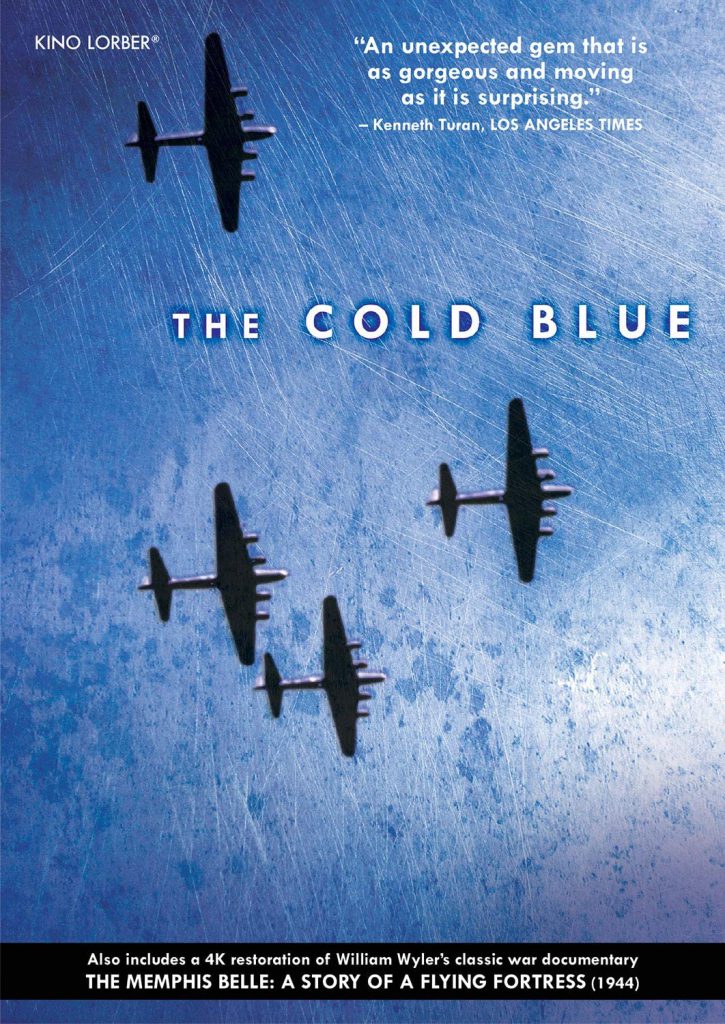
Last night I watched a film. Although it was a fiction film, it successfully told the story of what is probably the most famous bomber in the world, a B-17 bomber named Memphis Belle, and her crew. The real reason for her fame is the simple fact that the ‘Belle’, along with her crew of ten, was immortalised as the first bomber and crew to survive 25 missions against Nazi Germany. I also own, and have watched once more just a few weeks ago, a very different story about the same war, the same aircraft, but with slightly different numbers; the numbers were over three hundred B-17s at a time, as the Eighth U.S.A.A.F. sent thousands of young American boys into battle, 25,000 feet in the air. That heroic effort was immortalised into a Documentary DVD named The Cold Blue. Parts of The Cold Blue featured film shot during combat missions by the director William Wyler and his cameraman team, sharing the cold, the dangers and sometimes the death which accompanied every raid. The ONLY disappointing thing to report on this moving tribute to true bravery is that the DVD is only available for REGION ONE.
The deadly statistics of daylight bombing raids were soon known amongst the American flyers, who flew up into that same Cold Blue, to fly against the fighters of the Lufwaffe, and against the ever-better targeting of the German anti-aircraft 88 millimetre gunnery. It is a recorded fact that over a quarter of all B-17s of the 8th U.S.A.A.F. which never returned, were in fact hit by the ‘Flak’ weaponry of the Nazis.
When we talk of the Battle of Britain, people tend to underestimate the advantages of the Royal Air Force. Firstly, it had been given, by the former Prime Minister Neville Chamberlain, in his Munich meetings with Hitler, a priceless year to help train the pilots and build the fighters which would challenge the might of the Luftwaffe, probably the most well-trained and well-resourced Air Arm in Europe, Britain was also given a year to perfect both the early Chain Home radar stations, and establish the observer Corps which fed those attack warning to the central planners.
Unfortunately, the Lufwaffe was also the area most subject to political interference in how its aircraft were chosen, and also utilised. Even though they eventually had bases right across the channel from England, their fighters had a small amount of operational flying and fighting time available over England. They were firstly ordered to fly high, and attack the RAF fighters which were savaging the Nazi bomber streams as they came across the Channel, and then that order was countermanded by Goering, who blamed the loss of many bombers on the lack of fighter protection. He then ordered his fighter ‘Staffels’ to stick to the bombers, therefore giving up the priceless height advantage which had been so carefully hoarded by the Luftwaffe. If the attacks on the RAF airfields had continued as first planned, and indeed were very successful, the RAF might have been forced to withdraw to airfields further away from the front line, and things may have been very different.
But, as ever with the Luftwaffe, and their Nazi overlords, the strict rules of engagement were their undoing. Hitler’s orders were specific, “No One Bombs London!” But a Luftwaffe bomber unit got lost in the evening twilight, ditched its bombs on what the crews thought were open fields: but were in fact parts of London. Churchill reckoned it was deliberate, and sent forty Wellington bombers to hit Berlin, the patterns of airfield targets was overruled, and the Blitz began. London was bombed for fifty-seven days.
After the Luftwaffe failed to take the skies over Britain, Hitler abandoned his Operation Sea-Lion plans, the invasion of Great Britain; and sent his bombers over to hit all major cities. It is rumoured that Britain had cracked the Luftwaffe codes at Bletchley Hall, and knew that one target was Coventry; but did not amass anti-aircraft batteries to the south and east of that Cathedral city because some Nazi might guess the best kept secret of the entire war. Hitler allowed Goering to continue the Blitz, but wearied, and turned his attention towards his first great mistake, the invasion of Stalin’s Soviet Union.
America entered the war after the Japanese attacks on the American navy base at Pearl Harbour, in the Hawaiian Islands. This was the ‘Friendly Invasion’ after the Roosevelt / Churchill agreement that the war would be fought on the basis of Europe First, whilst America gathered and built on her massive industrial base to build the ships, carriers, and aircraft, and to train the many thousands to fight the War against both Hitler, and the Japanese Empire. The R.A.F. bombed by night, and the Americans bombed by day.
The Cold Blue shows how those brave American boys, and yes, many of them were under the age of twenty-one, trained to fly and fight their bombers through the efforts of a determined enemy to hit their assigned targets. But the advantage during those massed B-17 raids now passed to the Germans, as the Americans had to fly hundreds of miles over France before coming anywhere near the bombing targets in Germany. They felt the full fury of a determined Luftwaffe, along with radio-controlled anti-aircraft batteries many miles before they came any where near their target area.
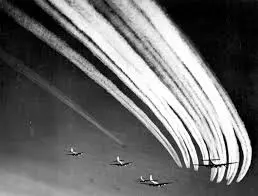
The statistics given in The Cold Blue were gut-wrenching, as the odds of a safe return were never better that 50:50. The pressure on the ground crews to repair and fix those machines before a mid-morning massed take-off, with maybe forty-odd B-17s leaving the base, one every thirty seconds, with the sounds of freedom hammering the very air above that base. The sound was that of four twelve-hundred horsepower Wright Cyclone radial engines turning eleven foot seven-inch diameter three-blade propellors; which in turn thrust those Boeing B-17 Flying Fortress bombers across the skies of the United Kingdom.
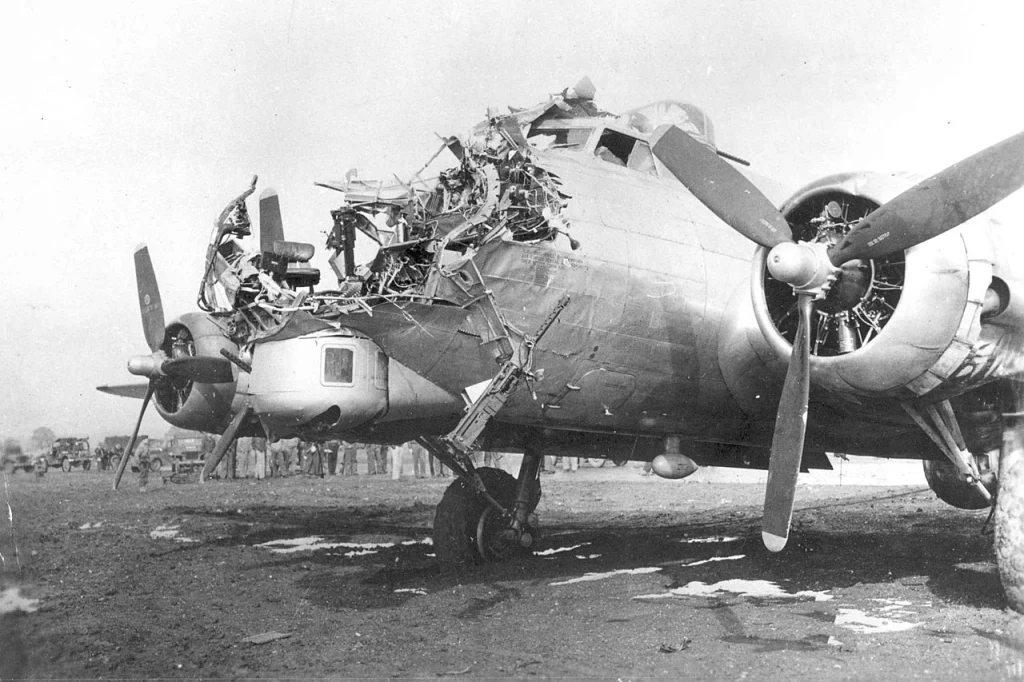
They returned mostly battered, some with damage that it literally seemed impossible that the big bomber could have flown back from a raid, but back they came. The War wore on, the targets got pasted time and again, and the flying slowly became safer, as the Luftwaffe and the Flak grew less intense because the industrial war machine which supported Germany was slowly, but surely, bombed into fragments.
Visits: 0



